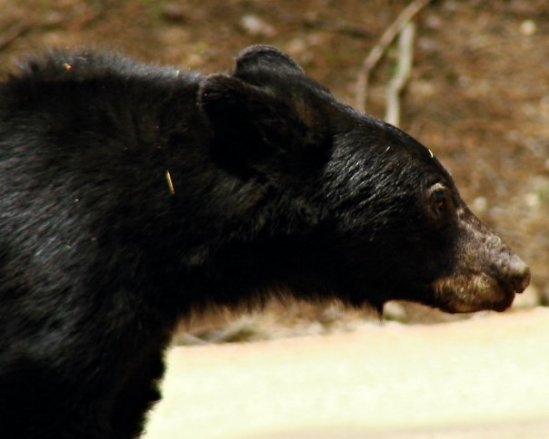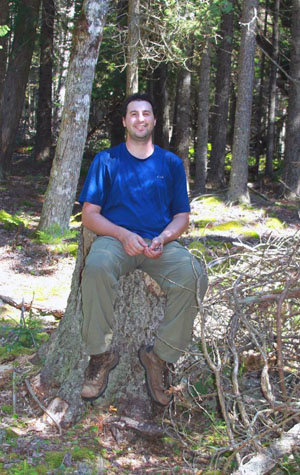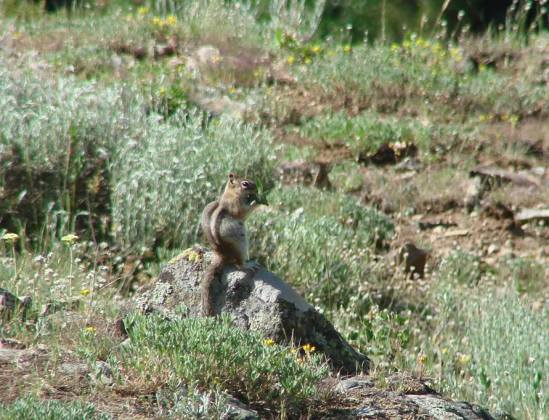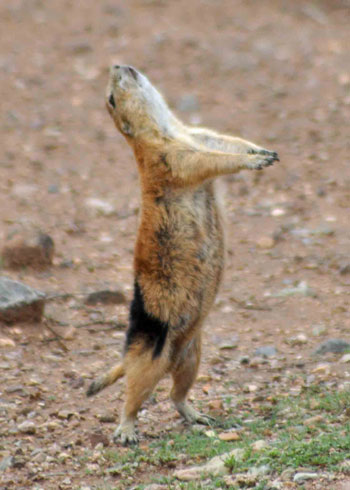KCRL PhD student I. Mauricio Vela-Vargas in collaboration with Corporación Autónoma Regional del Guavio – CORPOGUAVIO, Parques Nacionales Naturales de Colombia (Parque nacional Natural Chingaza, Dirección Territorial Orinoquía) & Projecto de Conservación de Aguas y tierras – ProCAT Colombia have published a new book about the ecology of the Andean bear (Tremarctos ornatus) in the Chingaza Massif of Colombia. Dr. K wrote the foreword, and Mauricio is lead author for Chapter 3, Generalidades del Oso Andino.
Vela-Vargas, I. Mauricio, J. Sebastián Jiménez-Alvarado, Diego A. Zárrate-Charry, C. Moreno-Diaz, A. Parra-Romero, and J. F. González-Maya. 2017. Capítulo 3: Generalidades del Oso Andino (Tremarctos ornatus: Ursidae). In El Oso Andino en el Macizo de Chingaza. J. F. González-Maya, R. Galindo-Tarazona, M. M. Urquijo Collazos, M. Zárate Vanegas, and A. Parra-Romero Eds. Bogotá: Empresa de Acueducto, Alcantarillado y Aseo de Bogotá D. C.. EAB-ESP, Corporación Autónoma Regional del Guavio – CORPOGUAVIO, Parques Nacionales Naturales de Coombia (Parque nacional Natural Chingaza, Dirección Territorial Orinoquía) & Projecto de Conservación de Aguas y tierras – ProCAT Colombia. Pp. 58-120.
Read the entire volume here: González-Maya et al. 2017 Libro Oso Chingaza
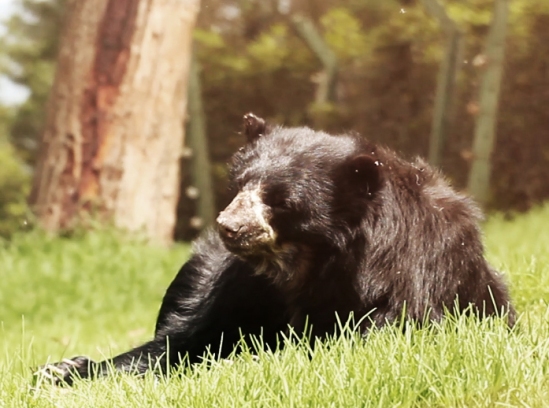
Andean bear (Tremarctos ornatus)
